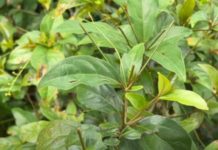Tending to Apricot Trees During the Lunar New Year
Potted Apricots Grown Indoors
To ensure optimal apricot health, it is recommended to water the apricot tree regularly. It is advised to water daily or every other day, ensuring that water is directed at the root and small streams of water are sprayed onto the leaves. The best time to water is in the morning before 9 am or during the cool afternoon.
Please ensure to place the apricot tree outdoors as soon as possible, while ensuring it remains protected from direct sunlight. It is crucial for the tree to receive sufficient shade and energy to thrive.
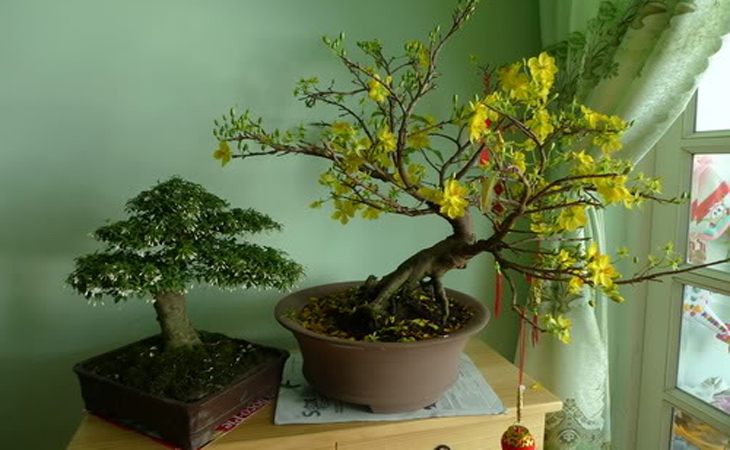
Juicy Apricots Abound in Outdoor Plantings
Apricot pots that are placed in the garden require less maintenance compared to indoor pots. This is because they thrive in a natural environment. However, it is still important to provide regular fertilization and care for the tree to promote consistent and aesthetically pleasing flowering.
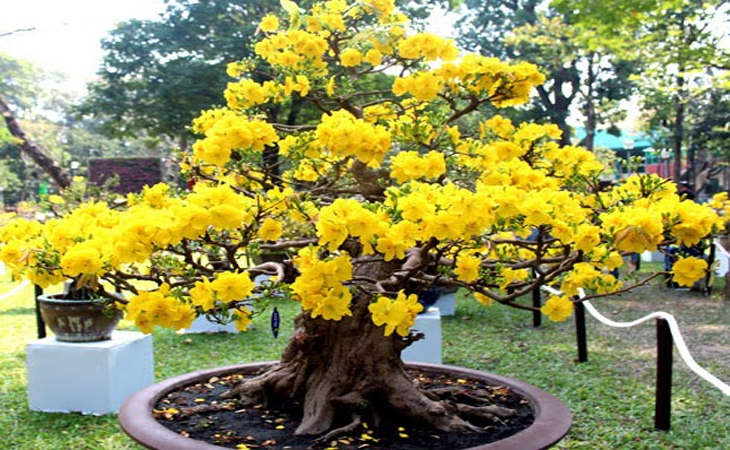
Tips on Maintaining Apricot Trees Post-Tet Holiday
Successfully Keeping Potted Apricots Through Winter
After Tet, it is important for apricot growers to prioritize the care and restoration of their apricot trees. To do so, move the apricot pot outdoors to an area that receives ample light and ventilation for approximately 3-5 days. It is crucial to avoid exposing the tree to direct sunlight, as this may lead to leaf burn and branch dehydration.
To ensure optimal growth and prevent seed production, it is advisable to remove any flowers that have not withered or buds that have not fully bloomed. Additionally, it is recommended to trim any excessively long or infected branches.

During the initial stages of February, employ specialized tools to prune outdated or infected roots from the tree. Employ a circular motion to skillfully cut the roots around the tree’s base.
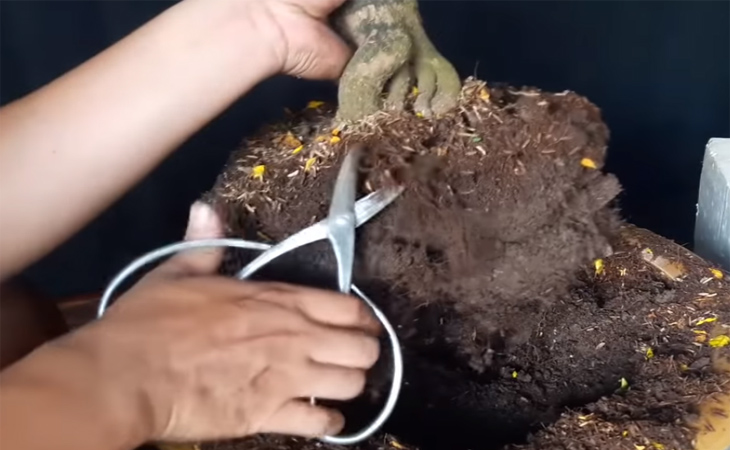
Please utilize a grafting knife to carefully trim any excessively long lateral roots below the base, ensuring that the feeder roots remain intact. Delicately remove a portion of soil from the previous base in order to promote the growth of new feeder roots.
Please prepare a new pot and new soil to replace the old pot and soil. The new pot should be larger in size and have proper drainage for the plant.
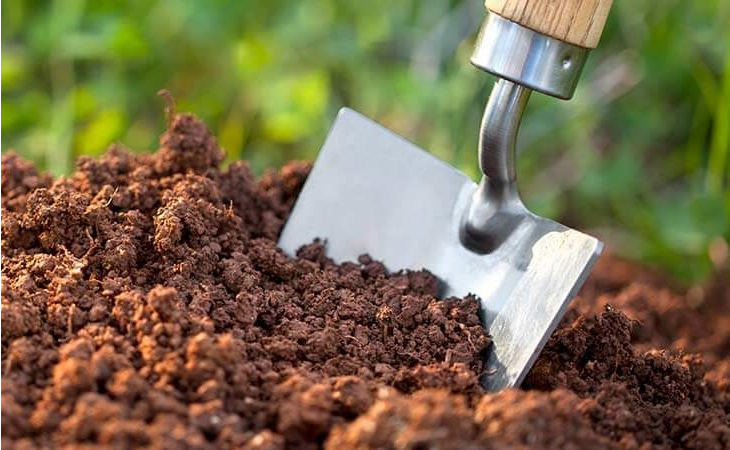
When selecting a location to plant apricot trees in your garden, it is important to choose a site with high-quality, well-drained soil. Avoid areas that are prone to flooding or contain excessive amounts of sand or rocks.
Planting Apricots Outside School Premises
Trimming Tree Branches
According to tradition, it is recommended to prune apricot branches before the 15th day of the lunar calendar or by the 20th day of January at the latest. The specific pruning technique may vary based on the shape and size of the apricot tree, such as trimming the top branches to be shorter than the lower ones. As a general guideline, approximately one-third of the apricot branches should be removed during pruning.
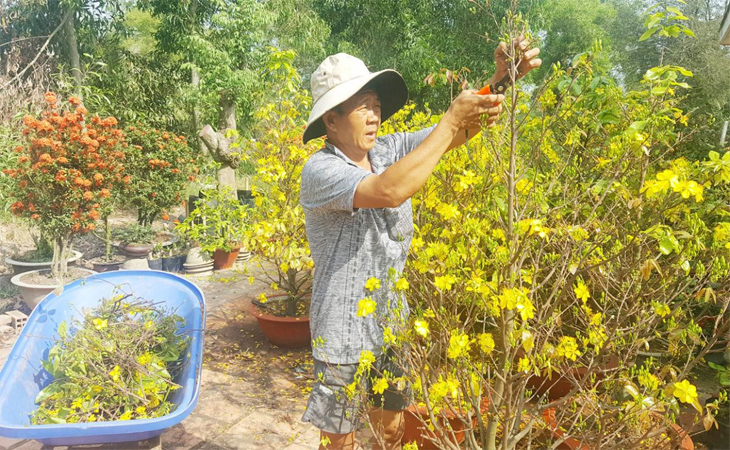
To promote the growth and vigor of your tree, we recommend utilizing a well-balanced mixture of urea fertilizer and water. Specifically, the optimal ratio is 1 teaspoon of urea fertilizer per every 10 liters of water. Apply this solution by spraying it onto the tree and distributing it around the base area. If the tree successfully recovers its vitality and produces fresh, green shoots, it is no longer necessary to continue utilizing a leaf bud stimulant. However, if the tree fails to exhibit signs of improvement, we advise following the instructions provided on the packaging of a suitable leaf bud stimulant and applying it accordingly.
To stimulate growth in apricot branches that appear to be stagnating, it is recommended to apply 1g of GA3 diluted in 30-40 liters of water. This mixture can be sprayed onto the tree and watered around the base to potentially promote growth.
Once the tree has fully recovered, it is recommended to gradually reintroduce it to sunlight in order to facilitate its adaptation process. This action will stimulate the growth of new leaves and shoots, consequently aiding in the overall growth and development of the tree.

Currently, the apricot tree is experiencing a large number of young leaves due to the warm and sunny weather. This puts the tree at higher risk of being affected by pests and diseases, particularly aphids. To combat this issue, it is recommended to mix two pesticides – Hexaconazole (Anvil) and Fipronil (Regent) – and apply them after pruning the branches.
Properly pruning tree branches is vital for promoting a healthy, vibrant canopy. By strategically cutting branches, new shoots will emerge from the axils of the leaves. These shoots have the potential to develop into new branches or buds, contributing to the overall growth and development of the tree.
Cleaning the Tree
Pruning and Cleaning the Apricot Tree
Once the apricot tree has been pruned, it is important to proceed with the cleaning process. This step plays a crucial role in maintaining the health and appearance of the tree. By removing any debris or dead branches, you allow for better air circulation and sunlight exposure. Additionally, this practice helps to prevent the spread of diseases and pests, which can be detrimental to the overall condition of the tree. Cleaning the apricot tree after pruning ensures a vibrant and productive tree for the upcoming season.
To effectively remove moss and mold from your trees, follow these straightforward steps. Begin by applying a powerful water spray directly onto the affected areas to eliminate any growth. Alternatively, if mold is concentrated in specific regions, consider using concentrated urea fertilizer. This method is particularly effective in combating mold accumulation.

To prevent the urea fertilizer from flowing down to the base, it is highly recommended to cover the base with plastic bags. After spraying for approximately 10 minutes, thoroughly scrub the tree with a brush to effectively remove the mold.
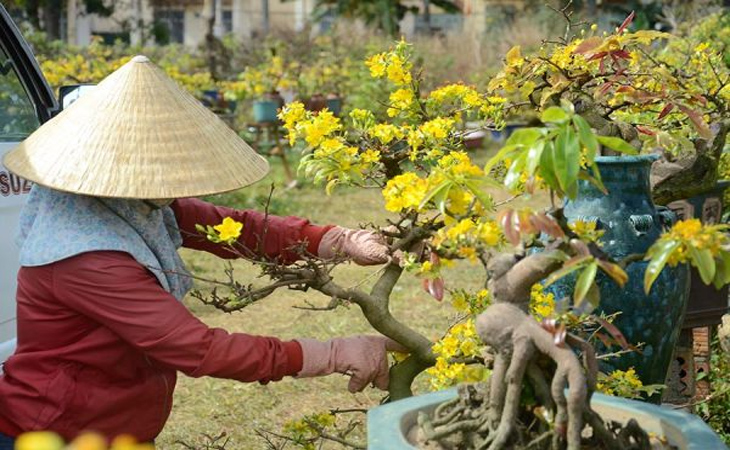
“Keeping Apricots Fresh and Ready to Enjoy: 3 Tips”
It is not recommended to apply fertilizer when changing soil, as the roots are unable to absorb the nutrients and may potentially be harmed by the fertilizer.
To facilitate the growth of apricot trees during the early rainy season, it is sufficient to apply a small quantity of organic or inorganic fertilizer as a base or foliar fertilizer. Additionally, the cool weather and thunderstorms, along with the natural nitrogen found in the air and soil, further aid in promoting robust tree growth, resulting in the shedding of the previous shape.
It is essential to periodically replace the soil when tending to apricot trees. This will provide the tree with the vital nutrients of potassium and nitrogen. Therefore, do not overlook this crucial step in caring for your apricot tree.
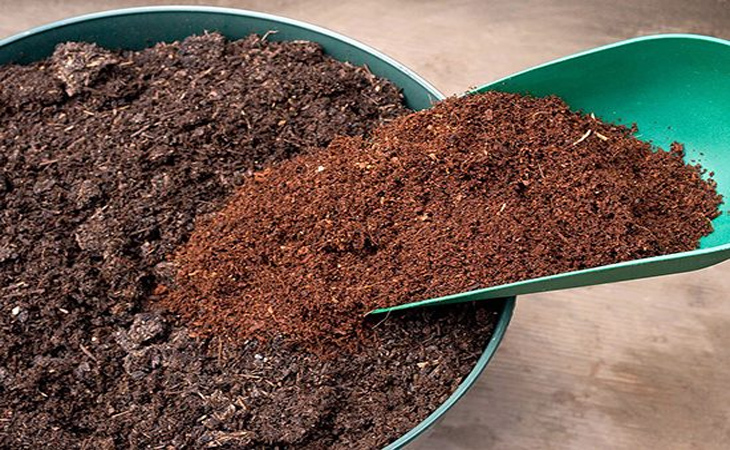
To properly prepare the planting area, it is advisable to evenly apply a layer of sand and organic fertilizer to cover the entire surface. Following this, a small amount of soil should be added before planting the tree. It is important to compress the soil around the tree once it is in place.
After Tet, it is important to take care of apricots to ensure optimal preparation for the apricot tree to store nutrients during the rainy season. This will result in the production of beautiful flowers for the upcoming Tet celebration.















